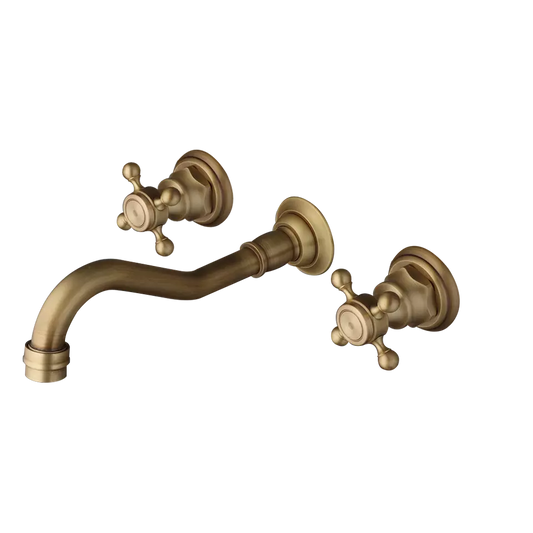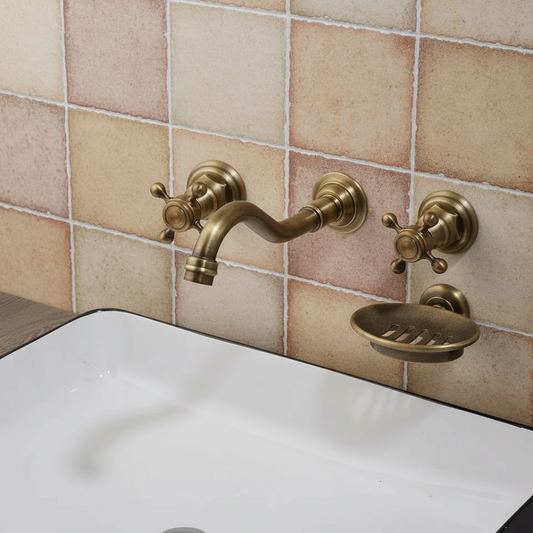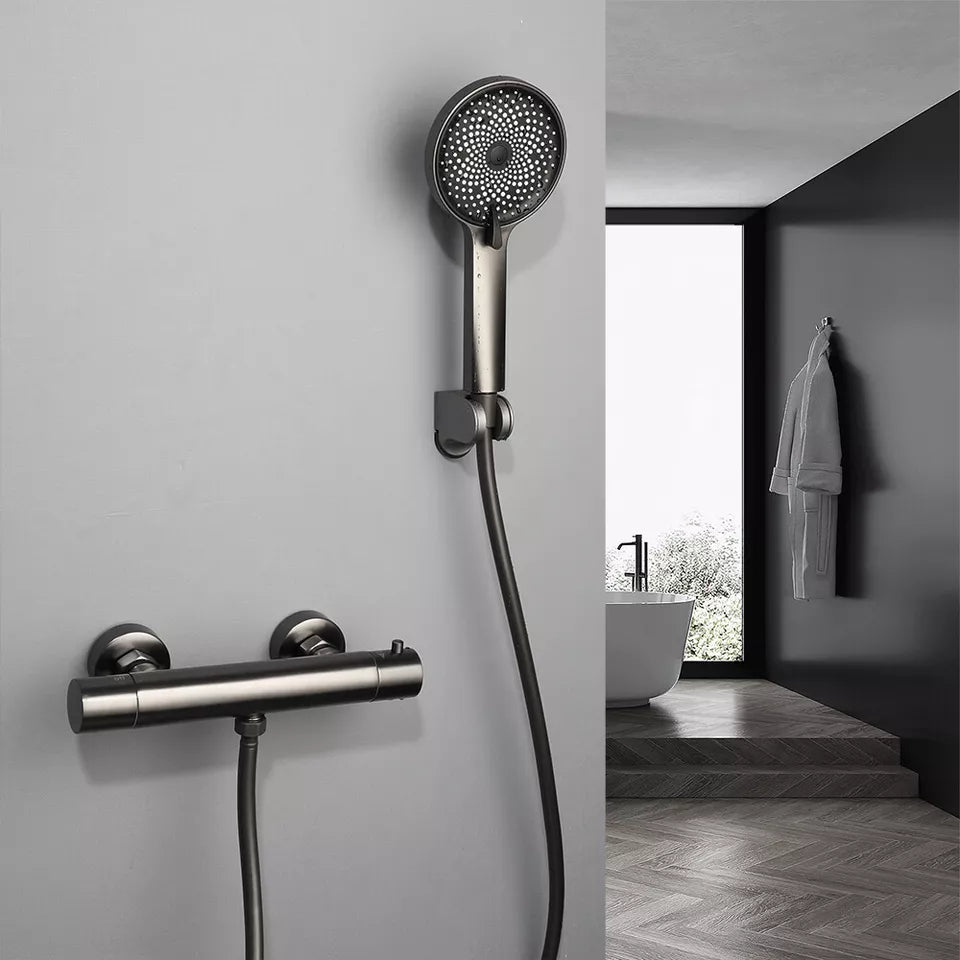When designing your bathroom, choosing the right faucet is essential for both comfort and safety. Two popular options are thermostatic valves and mixer taps, each offering their own advantages. In this blog post, we'll explain the differences between the two and help you determine which faucet best suits your needs.
What is a thermostatic tap?
A thermostatic tap is designed to automatically regulate the water temperature. Once you've set the desired temperature, the tap maintains it, even when the water pressure changes. This means you always have the perfect temperature, without the water suddenly becoming too hot or too cold.
Advantages of a thermostatic tap:
Constant water temperature: The tap ensures that the temperature remains stable, even when other taps in the house are being used.
Safety: Many thermostatic valves are equipped with a safety feature that prevents the water temperature from being set too high, which can prevent scalding. This makes them ideal for families with children or the elderly.
Energy and water savings: Because the temperature is automatically regulated, you avoid having to play with the water for longer to find the right temperature, which saves water and energy.
What is a mixer tap?
A mixer tap is a traditional faucet where you manually control the hot/cold water ratio. It takes a bit more time and effort to set the correct temperature, and you have to manually adjust the tap as the water pressure changes.
Advantages of a mixer tap:
Price: Mixer taps are generally cheaper than thermostatic taps, making them a more attractive option for those on a tighter budget.
Simplicity: For those who don't need automatic control, a mixer tap offers simplicity and instant control over water flow.
Wide availability: Mixer taps are available in many different styles and models, from classic to modern, and are often a popular choice for renovations.
Thermostatic Faucet vs. Mixer Faucet: What's the Best Choice?
Safety and comfort
If safety and comfort are important to you, a thermostatic valve is probably the best choice. The constant temperature prevents sudden temperature fluctuations, which can be dangerous, especially in baths where children or elderly people are present.
Water and energy consumption
If you want to save on your water and energy costs, a thermostatic valve also offers advantages. Because the valve consistently delivers the correct temperature, no water is wasted while you're mixing it. This leads to less wasted hot water and lower energy bills.
Costs
If you're on a budget and prefer simplicity, a mixer tap is an excellent choice. They're more affordable and often easy to install without too much hassle. Mixer taps offer less advanced technology, but can still meet the basic needs of a bathroom.
Installation and maintenance
A mixer tap is often easier to install and requires less maintenance than a thermostatic valve. Thermostatic valves are more advanced, which can lead to higher installation costs, especially if you have the valve installed by a professional.
Comfort of control
Both faucets have their advantages, but the choice between a thermostatic valve and a mixer tap depends on your specific needs and preferences. If you're looking for convenience, safety, and energy and water savings, a thermostatic valve is the best choice. If you're looking for a simpler system that's more affordable and requires less maintenance, a mixer tap might be a better fit.
Ultimately, the right choice depends on your priorities – whether they're safety, cost, or convenience. Make an informed decision and choose the faucet that best suits your bathroom and lifestyle!






